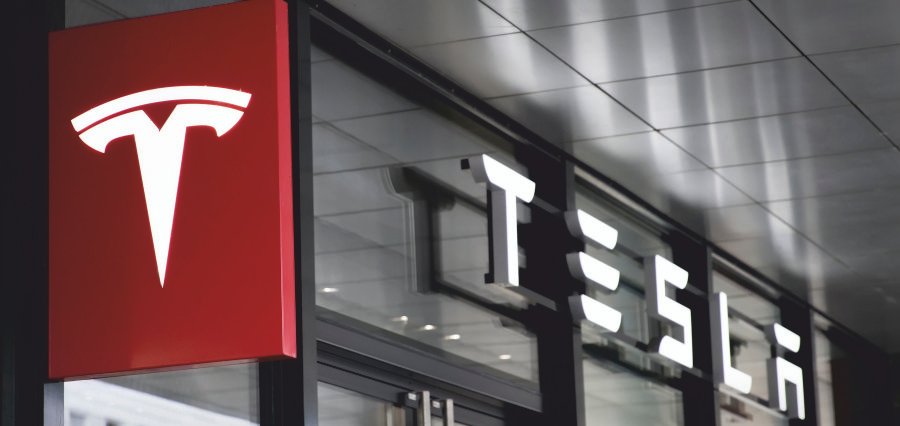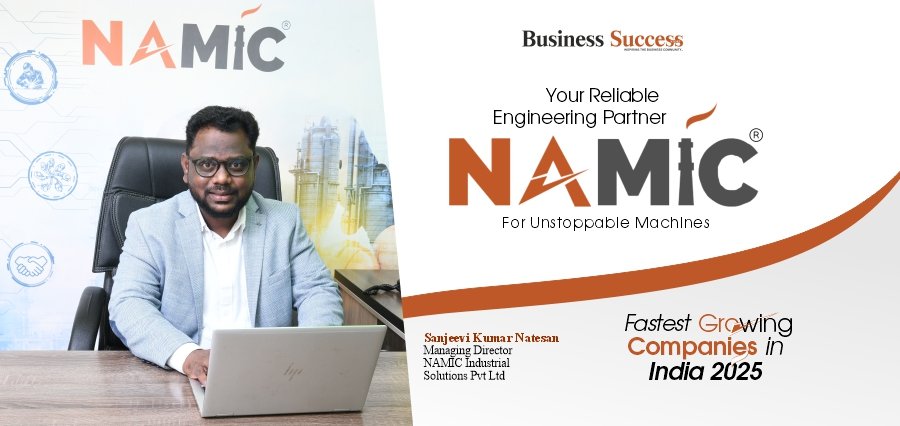Key Points:
- Sundar Pichai envisions Google’s future CEO working with an “extraordinary AI companion” to lead the way forward.
- He highlights AI as something that can assist human productivity, and not supplant them.
Key Facts:
- Pichai spoke of the potential of AI to assist in the creation of leadership at Google.
- Pichai talked about his own use of AI coding platform Replit and Cursor to code better.
- Pichai framed AI as a “co-pilot” that complements human capability.
Key Background
At a recent tech conference, Alphabet CEO Sundar Pichai painted his vision of future Google dominance against breathtaking advances in artificial intelligence. His future replacement as CEO at Google, he said, will have an “extraordinary AI companion,” a phrase reminiscent of the company’s emphasis on deeply embedding AI into leadership and operations.
Pichai described how AI will not displace humans but as an empowering technology, unleashing productivity and creativity. He described how he applies AI-powered coding tools such as Replit and Cursor that generate custom web pages and automate routine work. This is the actual use of AI, and this makes innovation so much quicker and frees up time to do strategic-level work.
By framing AI as a “co-pilot,” Pichai underscored the collaborative dynamic of human-AI interaction, where AI informs decision-making and accelerates forward momentum but does not supplant human judgment. This is in accordance with the general Google approach to AI, one designed to amplify human potential and innovation across the company.
The news also brings with it a shift in the kind of leadership roles will have to prepare for within an AI economy. Since AI partners are now part of the executive toolkit, future leaders will have to harness these technologies to improve business performance, automate activities, and gain new possibilities.
Overall, Sundar Pichai’s comments offer a glimpse into how Google is preparing for an AI-powered future where technology and human expertise work hand in hand, creating a more dynamic and efficient workplace. This approach could set a benchmark for other companies aiming to balance AI innovation with human-centered leadership.











